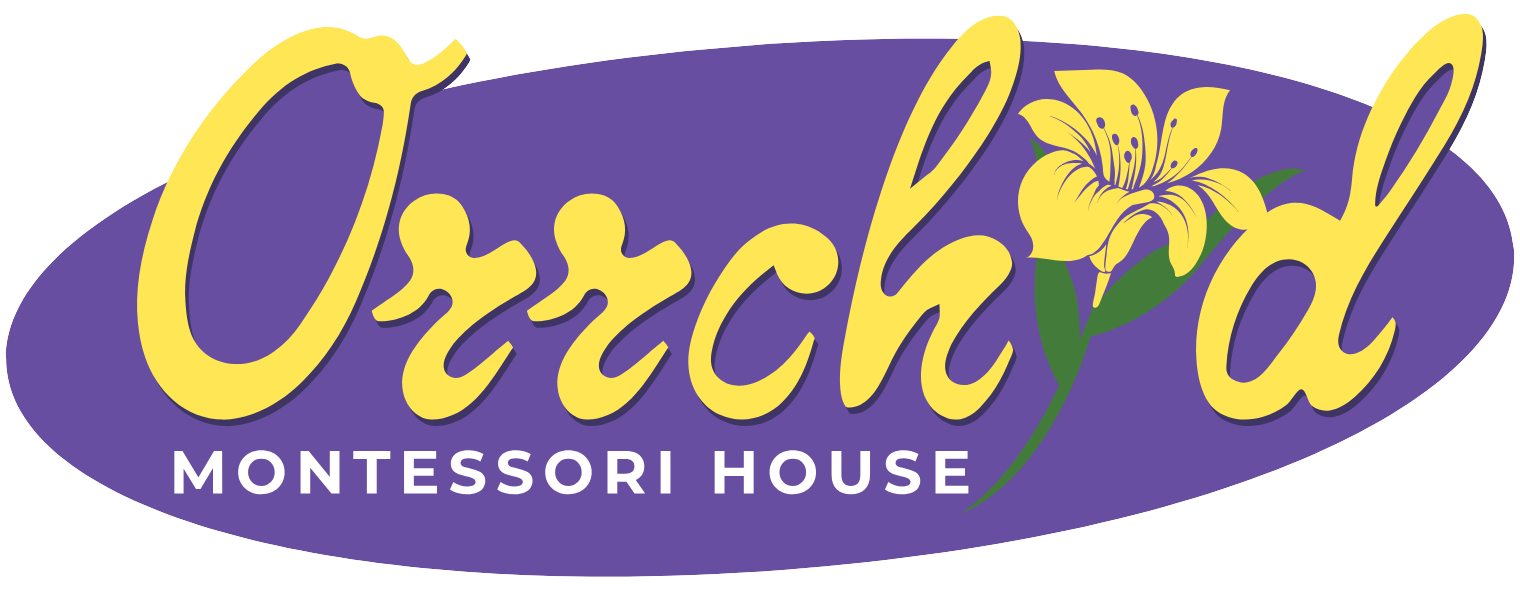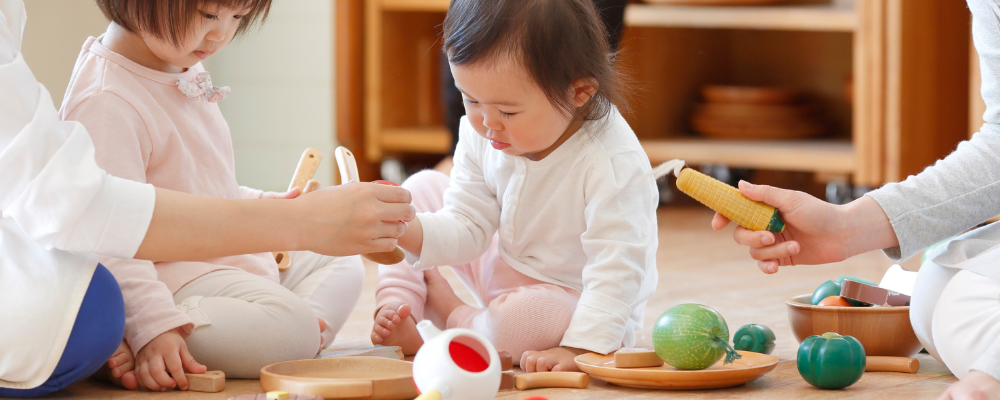Introduction
In today’s world of overflowing toy boxes and ever-expanding playrooms, it might seem unusual to suggest fewer toys for better learning. Yet in Montessori philosophy, simplicity is key. At Orrchid Montessori House, we emphasize purposeful play and mindful environments, and the practice of toy rotation is a powerful tool that supports this approach at home.
What Is Toy Rotation?
Toy rotation is the practice of offering children a small, curated selection of toys at a time while storing away the rest. Every few weeks, parents can rotate the available toys with those stored away, providing a fresh and engaging play experience without buying anything new.
Why Fewer Toys Work Better
When children are presented with too many options, it can lead to overwhelm and distraction. A minimalist selection encourages deeper focus, longer engagement, and more meaningful play. Children begin to explore toys more thoroughly, understand their uses more deeply, and use their imagination more creatively.
Fostering Independence and Order
Montessori environments are designed to be orderly and child-friendly. A limited number of toys helps maintain a tidy space, making it easier for children to take responsibility for choosing, using, and putting away their toys. This promotes independence, self-discipline, and a sense of ownership.
Encouraging Respect for Materials
When fewer toys are available, each item gains value. Children learn to appreciate their belongings, handle them with care, and use them intentionally. This builds a habit of mindfulness and respect, both for objects and for the space around them.
Signs It’s Time to Rotate
If a toy is being ignored, used improperly, or your child seems bored or overstimulated, it may be time for a change. Rotating toys based on your child’s interests and developmental stage keeps the environment fresh and aligned with their needs.
How to Get Started
Begin by observing which toys your child is drawn to and which ones are rarely touched. Keep out a small variety that supports different types of play—such as fine motor skills, pretend play, and building. Store the rest out of sight, and revisit them after a few weeks. Involving your child in this process can also be a fun and educational activity.
Conclusion
Toy rotation is a simple yet effective practice that aligns beautifully with Montessori values. By offering fewer toys, you invite more focus, creativity, and joy into your child’s play. At Orrchid Montessori House, we encourage families to embrace the idea that less truly can be more when it comes to raising thoughtful and curious learners.

